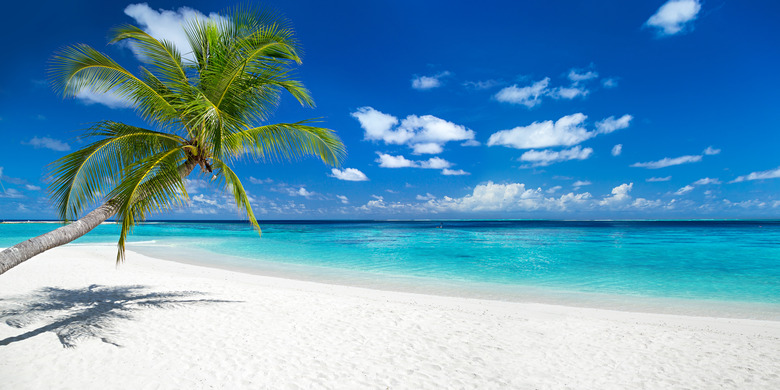Factors Of Ecological Succession
Ecological succession is the process by which an environment changes structure, in terms of resident species, over a period of time. Ecological succession falls under two categories, primary and secondary, which determine the types of factors that are involved. The factors involved in ecological succession are either biotic or abiotic. Biotic factors are those that involve life and its aspects. Abiotic factors are those that involve aspects external to life but are still indirectly involved. An example of an abiotic factor would be climate.
Topographical
Topographical
Extreme conditions cause abiotic topographical factors, which are mainly involved with secondary succession. Landslides and mudslides are examples of this type of factor because they cause a massive reformation of the landscape. The disturbance caused by landslides and mudslides allows for disturbance-tolerant species to repopulate the habitat.
Soil
Soil
The soil, an abiotic factor, of an environment affects ecological primary succession greatly. Different species of plants require different soil conditions. Trees tend to be the largest driving organism in this portion of ecological succession. The pH levels of the soil is often affected most by the inhabiting trees and determines what type of plants can thrive there. The type of soil (loamy sand, sandy, top soil with humus, etc.) also plays a large role in what species can inhabit an area. In sandy areas, only a select few species are able to take root and survive. The moisture level of the soil determines what sort of trees inhabit an area. Swampy areas tend to house trees with higher pH level requirements where drier soils tend to house trees with lower pH level requirements.
Climate
Climate
Climate, an abiotic factor highly involved in both primary and secondary succession, plays a significant role in determining the direction of succession in an environment. If an environment receives a period of low precipitation, it becomes more susceptible to fires caused by lightning. This leads to secondary succession in which fire-resistant and tolerable species thrive and the others die out. Wind has the ability to reform the landscape over time by way of erosion. Winds can also drive wildfires to further cause disturbance. However, when an environment receives high levels of precipitation, it becomes more suitable for certain species that are tolerable of high moisture levels, which is an example of climatic effect on primary succession.
Species Interaction and Competition
Species Interaction and Competition
The interaction and competition between species in a particular habitat is a biotic factor of ecological primary succession. When succession begins and the very first species, known as pioneer species, change the environmental structure, new species now tolerable to the new conditions move in. The diversity among the species present is high at this point. However, in time, competition and interaction causes a significant drop in species diversity where the dominant species thrive and the rest die off.
Cite This Article
MLA
Jordan, Jonathan. "Factors Of Ecological Succession" sciencing.com, https://www.sciencing.com/factors-ecological-succession-8453426/. 13 March 2018.
APA
Jordan, Jonathan. (2018, March 13). Factors Of Ecological Succession. sciencing.com. Retrieved from https://www.sciencing.com/factors-ecological-succession-8453426/
Chicago
Jordan, Jonathan. Factors Of Ecological Succession last modified August 30, 2022. https://www.sciencing.com/factors-ecological-succession-8453426/
